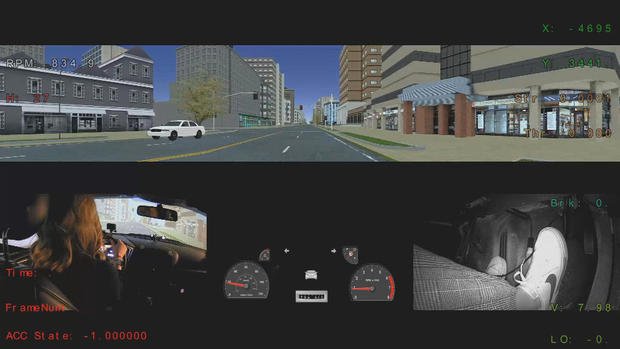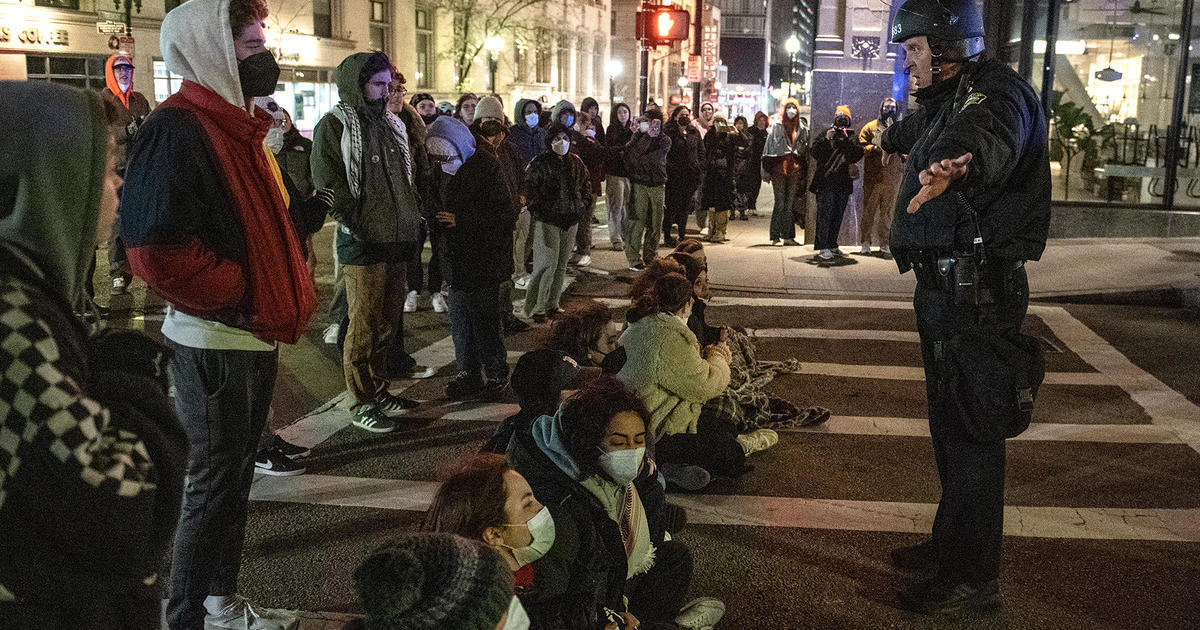"Vision Zero" for no traffic deaths has a long way to go in Massachusetts
BOSTON - Imagine a world where Massachusetts has zero traffic deaths or serious injuries each year.
It's not easy to picture it – because right now, we're far off. In 2023, there were 2,735 traffic crashes that resulted in either death or serious injury in the state. That number was actually an improvement from 2022, when the state reached a peak of 2,923 crashes that were deadly or caused serious injury.
The term "Vision Zero" made its way to the U.S. from Sweden more than a decade ago and has been a term used in Boston's transportation industry since it first launched here in 2015.
What is Vision Zero?
Vision Zero is "a big, overarching goal to eliminate serious injuries and fatal crashes on roadways," explained Brendan Kearney of WalkMassachusetts.
"It's really a change in philosophy, in terms of how we approach roadway design," added Mike Knodler, the Director of the UMass Transportation Center in Amherst. "We know human factor is a big part of [crashes] and we know humans are going to make mistakes, so given those two things, let's design a roadway system that recognizes that."
As described, Vision Zero is a multifaceted approach to road safety that includes education, enforcement, and improved car and roadway design with the goal of eliminating roadway fatalities.
However, it's not yet working. According to a CBS News investigation, traffic deaths are on the rise nationwide despite $2.4 billion spent federally on Vision Zero programs.
In Massachusetts, that spending number is around $53 million, and traffic deaths aren't on the rise – but have plateaued at high numbers, nowhere near zero.
"Compared to other places around the U.S., we are doing pretty good," said Kearney. "We are not doing good though."
"We have a pediatric crash, where a kid is struck by a vehicle requiring an EMS response on an average of every four days in Boston," added Jascha Franklin-Hodge, Boston's Chief of Streets. In fact, a four-year-old girl was killed by a car in Boston's Fort Point neighborhood this week.
Boston has been a leader in implementing changes to the roadways, like permanent bike lanes, extended sidewalks, and raised crosswalks. While the number of fatalities has not gone down, Franklin-Hodge says they have decreased drastically in places where these safety measures have gone into place – like Tremont Street in the South End, for example. "There's still more work to do," he said.
The town of Brookline is on the beginning of its "Vision Zero" journey. While Brookline has had a safe streets program for a number of years, it just began meetings with its Vision Zero Coalition, and will soon seek input from residents about dangerous hot spots as it comes up with a plan for town streets. "We will be having an interactive Web map for residents to input the locations where they just qualitatively don't feel safe," said Sam Downes, Brookline's Transportation Engineer helping run the program.
Vision Zero isn't only about safe streets for bicyclists and walkers – it's for drivers, too, and sometimes, that can mean narrowing streets down to one lane to forcibly reduce speeds. "Our goal is not congestion," explained Franklin-Hodge. "Our goal is for streets that are slow and steady. They can move people, but they can move them at reasonable speeds."
UMass driving simulator helps with safety improvements
Part of the research that can help with state – and national – roadway and car technology improvements happens right in our state, at the UMass Amherst Transportation Center, where faculty and student researchers develop studies using a driving simulator.
"We can put people in somewhat potentially dangerous situations, but be able to study comprehension, behavior in a laboratory-controlled setting," said Director Mike Knodler. "So, before we try something out on the roadways, we can try it here in this virtual setting to have some confidence as to whether or not something is going to work before we put it on the road."
For example, the team at UMass first studied and developed the blinking yellow arrows we now see at traffic lights that signal to yield before a left turn. Recently, they received state data "that showed there's a huge safety pay off in terms of the implementation of the flashing yellow lights," Knodler explained.
Currently, the group is testing out simulations with e-scooters. "A lot of the work we are doing will focus on things like complete streets, the emerging trends of things like e-bikes and e-scooters and different pedestrian crossing treatments sort of what those might look like in a real-world setting," he said.
Advocates for safer streets say they want to see cities and towns take more action rather than waiting for federal dollars to get streets safer. "Over 75% of those [pedestrian] crashes happen to local roadways, roads that are controlled by cities or towns," Kearney said. He encouraged municipalities to use their Chapter 90 funding to launch a Vision Zero program.





